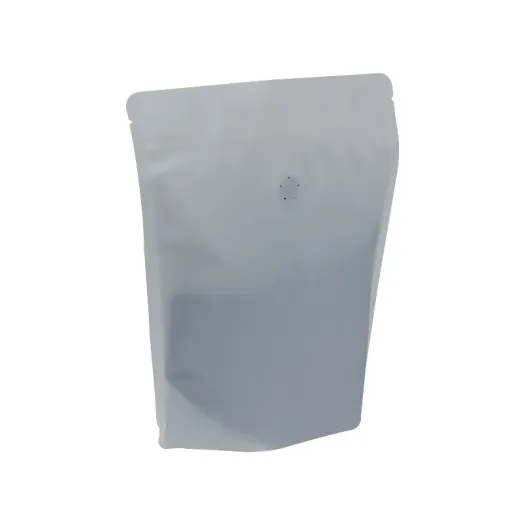- Afrikaans
- Albanian
- Amharic
- Arabic
- Armenian
- Azerbaijani
- Basque
- Belarusian
- Bengali
- Bosnian
- Bulgarian
- Catalan
- Cebuano
- chinese_simplified
- chinese_traditional
- Corsican
- Croatian
- Czech
- Danish
- Dutch
- English
- Esperanto
- Estonian
- Finnish
- French
- Frisian
- Galician
- Georgian
- German
- Greek
- Gujarati
- haitian_creole
- hausa
- hawaiian
- Hebrew
- Hindi
- Miao
- Hungarian
- Icelandic
- igbo
- Indonesian
- irish
- Italian
- Japanese
- Javanese
- Kannada
- kazakh
- Khmer
- Rwandese
- Korean
- Kurdish
- Kyrgyz
- Lao
- Latin
- Latvian
- Lithuanian
- Luxembourgish
- Macedonian
- Malgashi
- Malay
- Malayalam
- Maltese
- Maori
- Marathi
- Mongolian
- Myanmar
- Nepali
- Norwegian
- Norwegian
- Occitan
- Pashto
- Persian
- Polish
- Portuguese
- Punjabi
- Romanian
- Russian
- Samoan
- scottish-gaelic
- Serbian
- Sesotho
- Shona
- Sindhi
- Sinhala
- Slovak
- Slovenian
- Somali
- Spanish
- Sundanese
- Swahili
- Swedish
- Tagalog
- Tajik
- Tamil
- Tatar
- Telugu
- Thai
- Turkish
- Turkmen
- Ukrainian
- Urdu
- Uighur
- Uzbek
- Vietnamese
- Welsh
- Bantu
- Yiddish
- Yoruba
- Zulu
Components and Materials Essential for Vacuum Chamber Construction and Operation
Understanding Vacuum Chamber Parts A Comprehensive Overview
Vacuum chambers play a critical role in various scientific and industrial applications, from materials testing to semiconductor manufacturing. These chambers are designed to create an environment with significantly lower pressure than the surrounding atmosphere, allowing researchers and engineers to conduct experiments in a controlled setting. Understanding the different parts of a vacuum chamber is essential for anyone involved in its design, maintenance, or operation.
1. Chamber Body
The chamber body is the main structure of the vacuum system and is typically made from materials that can withstand the mechanical stresses of low pressure. Common materials include stainless steel, aluminum, and glass, each offering distinct advantages. Stainless steel is favored for its strength and corrosion resistance, while aluminum is lightweight and easier to fabricate. Glass chambers are often used in scientific applications for visual observation of experiments.
2. Seal and Gaskets
Seals and gaskets are crucial for maintaining the integrity of a vacuum chamber. They prevent air from leaking into the chamber, which is essential for achieving the desired vacuum levels. Common materials used for seals include rubber, silicone, and fluorocarbon compounds. The choice of materials depends on the operating temperature and the chemical compatibility required for specific applications.
The pumping system is responsible for removing air and other gases from the chamber to create a vacuum. There are several types of vacuum pumps, including rotary vane pumps, turbo-molecular pumps, and cryogenic pumps, each suitable for different pressure ranges and applications. For instance, rotary vane pumps are often used for rough vacuum applications, while turbo-molecular pumps are more effective in achieving high and ultra-high vacuum levels.
4. Vacuum Gauges
Accurate measurement of the vacuum level is critical in any vacuum chamber application. Vacuum gauges are used to monitor the pressure within the chamber, and various types exist, including mechanical gauges, capacitance manometers, and ionization gauges. Each type has its specific range and application advantages. Mechanical gauges are generally used for rough vacuum, while ionization gauges are suitable for ultra-high vacuum measurements.
vacuum chamber parts

5. Valves
Valves are essential for controlling the flow of gases into and out of the vacuum chamber. Different types of valves are employed based on the application requirements. For example, gate valves are commonly used to isolate portions of the vacuum system, while ball valves offer quick shut-off capabilities. Additionally, vacuum relief valves are employed to prevent over-pressurization and ensure safe operation.
6. Ports and Feedthroughs
Ports and feedthroughs are essential components that allow for the introduction of equipment and sensors into the vacuum environment. They must be designed to maintain the vacuum seal while allowing components such as electrical wires, tubes, or optical fibers to penetrate the chamber. Commonly used materials for feedthroughs include ceramic and glass, which can withstand high temperatures and vacuum conditions.
7. Cooling and Heating Elements
In many applications, it’s necessary to control the temperature within the vacuum chamber. This can be achieved using heating elements or cooling jackets, depending on the experimental requirements. Accurate temperature control is vital for processes such as chemical reactions, material testing, or spectroscopic analysis, as temperature fluctuations can alter experimental outcomes.
8. Monitoring and Control Systems
Advanced monitoring and control systems are essential for the optimal operation of vacuum chambers. These systems integrate various sensors and automation technologies to ensure that the chamber maintains the desired pressure, temperature, and environment. Additionally, they can be programmed to execute specific processes or alerts in the event of irregularities, enhancing safety and efficiency.
Conclusion
In summary, vacuum chambers are intricate systems with a variety of essential components that work together to maintain a low-pressure environment conducive for a wide range of applications. Understanding the parts of a vacuum chamber, including the body, seals, pumping systems, gauges, valves, ports, heating/cooling elements, and monitoring systems, is vital for optimizing their performance and utility. With advancements in technology and materials, vacuum chamber design continues to evolve, leading to more efficient, reliable, and versatile systems to meet the demands of modern science and industry. Whether in research laboratories or manufacturing facilities, the impact of these chambers is profound, facilitating groundbreaking advancements across various fields.













